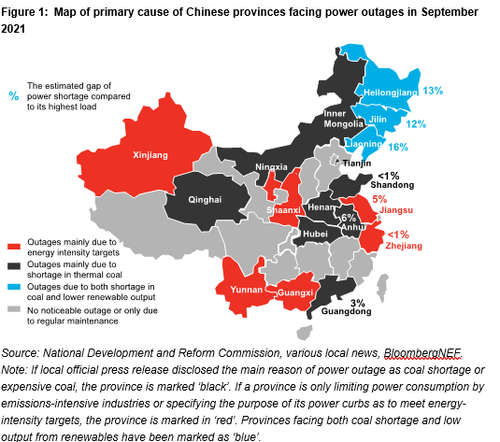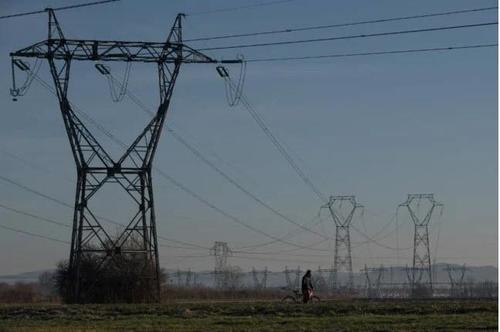
Sometimes winning looks and feels like losing. This summer’s bloody, tumultuous withdrawal from Afghanistan was a predictable disaster. It was also an incredible, surprising anti-war victory.
My own thoroughly jaded worldview dictated that after two decades and $2 trillion, the only two realistic options were to stay in Afghanistan forever or depart in a blaze of chaos. As it happened, we got the latter. But I would have bet a great deal on the former.
The strategic and logistical failures of the botched withdrawal perfectly echoed the strategic and logistical failures of the occupation, and were made inevitable by those failures spanning four administrations.
Experts have made the case that there were several junctures where pulling out would have been less painful and less costly than it turned out to be in 2021: as early as November 2001, when an exhausted and discombobulated Taliban offered a deal to incoming Afghan President Hamid Karzai, for example, or after the 2011 killing of Osama bin Laden.
But just as there was always going to be a last man to die for a mistake, there was always going to be a last helicopter out. There were always going to be broken promises and people left behind. And the backers of this forever war were always going to wield those failures in defense of continued engagement.
My darkly pessimistic assessment about the likelihood of a smooth, orderly departure from the region was echoed by none other than President Joe Biden in his August 31 remarks marking the formal end of the war: “Now some say we should have started a massive evacuation sooner, and couldn’t this have been done in a more orderly manner? I respectfully disagree.”
The Biden administration had been planning the withdrawal for months. Technically it has been in the works for even longer, as President Donald Trump promised a drawdown well before he left office. But it’s understandable if the military brass was treating the whole matter as a fire drill right up until go-time. After all, they’d been down the road to withdrawal a few times before, and on each occasion the generals and their allies pressured the commander in chief to turn back at the last minute. Understandable, but nonetheless unforgivable.
It is likewise understandable that U.S. armed forces thought the Afghan military—which it had spent nearly 20 years, tens of thousands of man-hours, and hundreds of billions of dollars equipping and training—would hold back the insurgent Taliban for more than a single day, providing more time to put those plans into action. Understandable, but again, unforgivable.
I genuinely believed Biden would flinch when costs of departure began to mount, just as his predecessors had done. I subscribed to the “fool me once” school of thought on political promises to end wars.
Americans, it seemed to me, were broadly content to let the slow leakage of blood and treasure go unremarked upon, so it was not hard to understand why previous presidents, even Barack Obama and Trump—both of whom seemed to have sincere qualms about American engagement in the Hindu Kush—chose not to attempt a risky pullout. Though support for the war had declined, it was hardly at politically catastrophic levels in 2020. A National Opinion Research Center poll in fall 2020 found that 34 percent of respondents supported troop withdrawals while 25 percent opposed them. But only 59 percent of those polled felt comfortable answering the question at all. Americans simply didn’t know what they thought about Afghanistan anymore by the time Biden took office.
The least interesting and most covered element of the 2021 withdrawal has been its impact on the reelection prospects of Biden and his party. But not everything is about the horse race, nor should it be. The far more interesting question is why Biden actually ended the war in Afghanistan at all, given the powerful forces aligned against him on the topic, most notably a bipartisan hawkish media and a fairly indifferent American public.
Did he do it because he promised he would? That logic certainly hasn’t held with respect to his campaign promises of immigration liberalization or police oversight. It’s hard to imagine he did it out of a sense of fiscal responsibility, given the many trillions his administration has shoveled into the federal furnace in just a few short months. Could it be that he thought it was simply the right thing to do? That he couldn’t bear to see more Americans die for nothing on his watch?
The hawks’ trump card has always been the notion that victory was just out of reach, that just a little more time, a little more money, a little more leeway would make it all worth it.
But sending more people into harm’s way for ill-defined goals does nothing to justify the tragic loss of those already gone. If anything, invoking their deaths to continue in a fruitless struggle multiplies them—the horrible compound interest of war. And make no mistake, the struggle was indeed fruitless, as the rapid collapse of everything Americans had worked for demonstrated in short order.
One of the most profound biases at work in America’s sustained foreign entanglements has long been the notion of sunk costs. This may feel like an unseemly way to refer to the 2,461 American troops and 3,846 contractors who lost their lives in Afghanistan, to say nothing of the 66,000 members of the Afghan military and police and the tens of thousands more Afghan civilians. Yet for years, there has been a desperate, futile effort to redeem their deaths with victory. Also among the dead: 72 journalists, 444 aid workers, and 1,144 allied service members, according to the Associated Press.
The upsides of leaving are invisible: money not spent, American deaths not incurred, backlash not inspired. The costs of leaving were visible and photogenic: desperate mobs at the airport in Kabul, weeping girls donning chadri, Taliban thugs posing with stolen American gear. Those costs were real, but they were largely costs of the U.S. presence in the first place.
Even in the midst of the messy departure, the U.S. armed forces managed a rather impressive feat: At the August 30 Pentagon press briefing where the official end of American engagement in Afghanistan was announced, General Kenneth F. McKenzie Jr. described the emergency evacuation. “Since August the 14th, over an 18-day period, U.S. military aircraft have evacuated more than 79,000 civilians from Hamid Karzai International Airport,” including 6,000 Americans and 73,500 others, said McKenzie. “In total, U.S. and coalition aircraft combined to evacuate more than 123,000 civilians, which were all enabled by U.S. military service members who were securing and operating the airfield.” This is incredible work—achievable only once the goals were simple, clear, and agreed upon, the opposite of the conditions faced by our armed forces for decades in Afghanistan.
My baseline assumptions of government incompetence were both validated and undermined by the way the withdrawal played out. Honest hawks must be forced to contend with the through-the-looking-glass version of my cynical plight: How could armed forces so disastrously ill-informed and ill-prepared for withdrawal ever have managed to pacify and rebuild a nation as challenging as Afghanistan in the first place?
Old habits die hard, and even now I am not convinced the war is fully over, though the spectacular conflagration U.S. forces left in their wake will make it more difficult to reverse course at this point.
The president doesn’t seem inclined to second thoughts, however. “This decision about Afghanistan is not only about Afghanistan,” said Biden in his August 31 remarks. “It’s about ending an era of major military missions to rebuild other countries.” It remains to be seen if this is true. My cynicism may yet be rescued by fresh new foreign adventurism. But at least for now, a forever war has unexpectedly ended in the most predictable way possible.
from Latest – Reason.com https://ift.tt/2Yha9A1
via IFTTT








